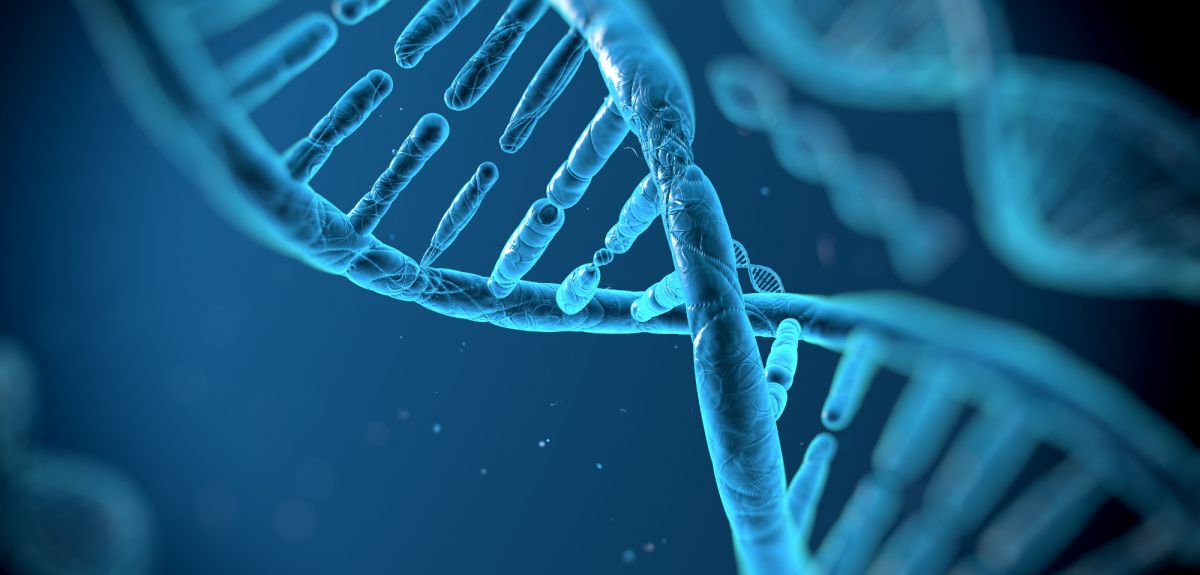CHILD Naevus: Symptoms, Causes & Treatment
What are the symptoms of CHILD naevus?
A CHILD nevus, or congenital hemidysplasia with ichthyosiform erythroderma and limb defects syndrome, is a rare condition characterized by the presence of a large, nevus-like birthmark along with other features such as skin abnormalities and limb defects. The symptoms of CHILD nevus can vary widely among affected individuals, but some common symptoms may include:
- Large, nevus-like birthmark: The hallmark symptom of CHILD nevus is a large, nevus-like birthmark that is present at birth or develops shortly thereafter. The birthmark is typically reddish-brown in color and may cover a large area of the body, such as the trunk or limbs.
- Skin abnormalities: In addition to the birthmark, individuals with CHILD nevus may have other skin abnormalities, such as thickened, scaly skin (ichthyosis) or red, inflamed patches of skin (erythroderma).
- Limb defects: CHILD nevus is often associated with limb defects, such as missing fingers or toes, webbed fingers or toes (syndactyly), or underdeveloped limbs.
- Other features: Some individuals with CHILD nevus may also have other features, such as intellectual disability, seizures, or abnormalities of the eyes, ears, or other organs.
It’s important to note that the symptoms of CHILD nevus can vary widely among affected individuals, and not all individuals will have all of the symptoms listed above. The condition is typically diagnosed based on the presence of a large, nevus-like birthmark along with other characteristic features. If you or your child has symptoms that may be consistent with CHILD nevus, it’s important to consult with a healthcare provider for a proper evaluation and diagnosis.
What are the causes of CHILD naevus?
CHILD nevus, or congenital hemidysplasia with ichthyosiform erythroderma and limb defects syndrome, is a rare genetic condition. The exact cause of CHILD nevus is not well understood, but it is thought to be due to a somatic mutation in the affected individual’s cells early in embryonic development. This mutation is believed to occur randomly and is not inherited from either parent.
The mutation that causes CHILD nevus affects the FGFR3 gene, which is responsible for producing a protein called fibroblast growth factor receptor 3. This protein plays a role in regulating cell growth and division. The mutation in the FGFR3 gene leads to abnormal cell growth and development, resulting in the characteristic features of CHILD nevus, including the large, nevus-like birthmark, skin abnormalities, and limb defects.
CHILD nevus is considered a type of mosaic condition, meaning that the mutation is present only in certain cells in the body, rather than in all cells. This is why the symptoms of CHILD nevus are typically confined to one side of the body, corresponding to the affected cells.
Because the mutation that causes CHILD nevus occurs randomly and is not inherited, the condition is not passed down from parents to their children. It is considered a sporadic condition, meaning that it occurs by chance. However, individuals with CHILD nevus may have an increased risk of passing the condition on to their own children, as the mutation can potentially be present in their germ cells (sperm or eggs). The risk of passing the condition on to offspring is thought to be low, but it is not well understood.
What is the treatment for CHILD naevus?
Treatment for CHILD nevus, or congenital hemidysplasia with ichthyosiform erythroderma and limb defects syndrome, is focused on managing the symptoms and complications associated with the condition. Because CHILD nevus is a rare genetic condition with a wide range of symptoms, the treatment approach may vary depending on the individual and the specific features of their condition. Some possible treatment options may include:
- Skin care: The skin abnormalities associated with CHILD nevus, such as ichthyosis and erythroderma, may require regular skin care to keep the skin moisturized and reduce inflammation. This may include the use of emollients, gentle cleansers, and topical corticosteroids.
- Limb defects: Individuals with limb defects associated with CHILD nevus may benefit from orthopedic interventions, such as physical therapy, occupational therapy, or surgery, to improve mobility and function.
- Birthmark management: The large, nevus-like birthmark associated with CHILD nevus may be cosmetically bothersome for some individuals. Laser therapy or surgical removal may be options for reducing the appearance of the birthmark, but these treatments carry risks and should be discussed with a dermatologist or plastic surgeon.
- Monitoring for complications: Individuals with CHILD nevus may be at increased risk of certain complications, such as skin infections, seizures, or developmental delays. Regular monitoring by a healthcare provider is important to detect and manage any potential complications early.
- Genetic counseling: Because CHILD nevus is a genetic condition, individuals with the condition and their families may benefit from genetic counseling. Genetic counseling can help individuals understand the genetic basis of the condition, assess the risk of passing the condition on to future children, and make informed decisions about family planning.
It’s important for individuals with CHILD nevus to work closely with a healthcare team that is familiar with the condition to develop a personalized treatment plan that addresses their specific needs and goals. The treatment approach may evolve over time as new symptoms or complications arise.




